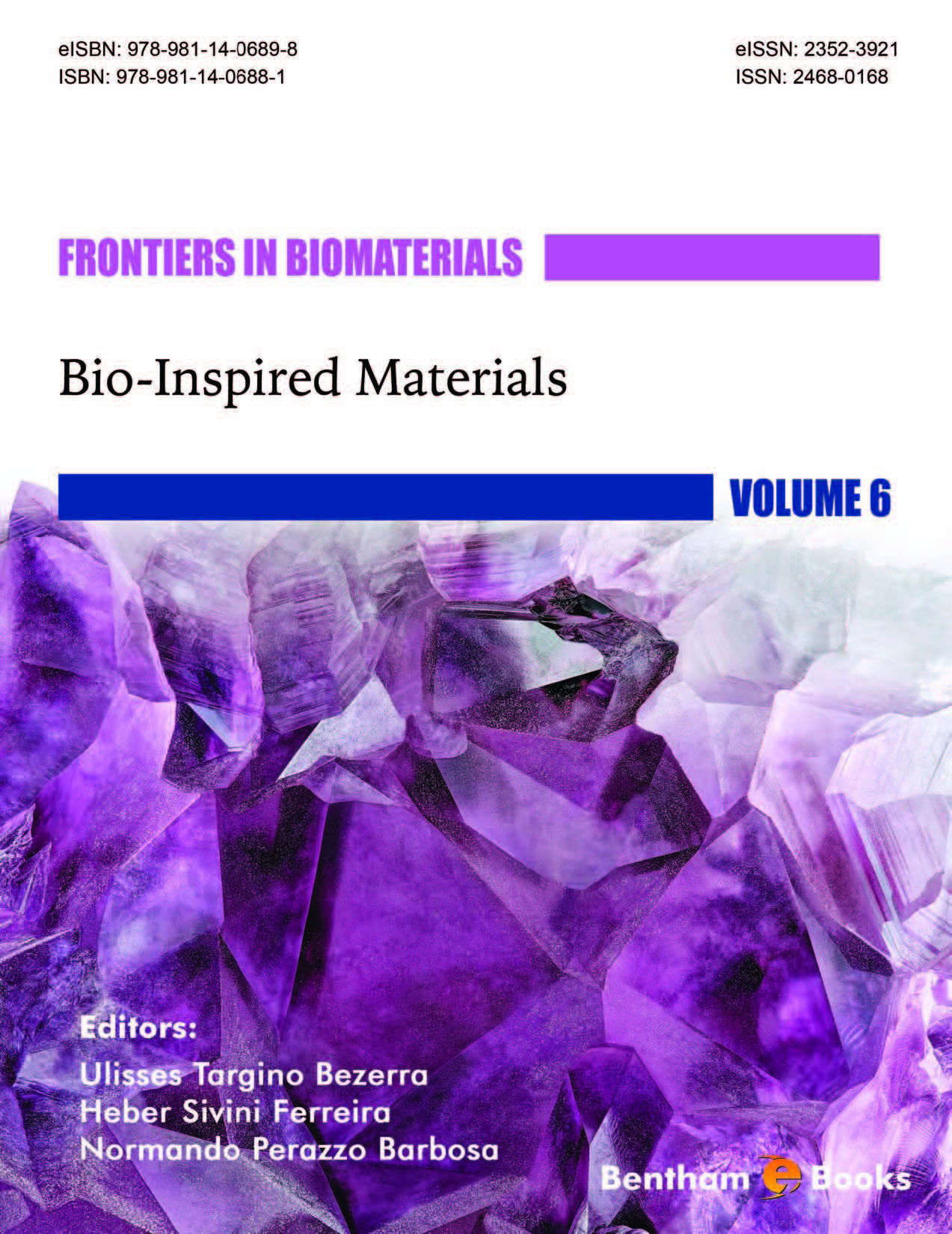Introduction
Nature has provided opportunities for scientists to observe patterns in biomaterials which can be imitated when designing construction materials. Materials designed with natural elements can be robust and environment-friendly at the same time. Advances in our understanding of biology and materials science coupled with the extensive observation of nature have stimulated the search for better accommodation/compression of materials and the higher organization/reduction of mechanical stress in man-made structures.
Bio-Inspired Materials is a collection of topics that explore frontiers in 3 sections of bio-inspired design: (i) bionics design, (ii) bio-inspired construction, and (iii) bio-materials. Chapters in each section address the most recent advances in our knowledge about the desired and expected relationship between humans and nature and its use in bio-inspired buildings. Readers will also be introduced to new concepts relevant to bionics, biomimicry, and biomimetics.
Section (i) presents research concepts based on information gained from the direct observation of nature and its applications for human living.
Section (ii) is devoted to ‘artificial construction’ of the Earth. This section addresses issues on geopolymers, materials that resemble the structure of soils and natural rocks; procedures that reduce damage caused by earthquakes in natural construction, the development of products from vegetable resins and construction principles using bamboo.
The last section takes a look into the future towards the improvement of human living conditions.
Bio-Inspired Materials offers readers - having a background in architecture, civil engineering and systems biology - a new perspective about sustainable building which is a key part of addressing the environmental concerns of current times.

